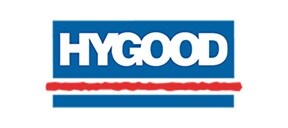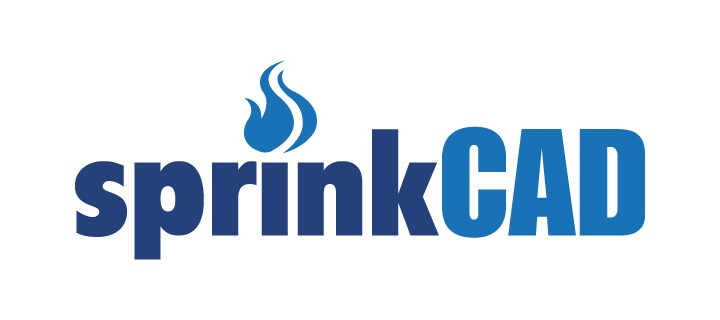- Johnson Controls
- Insights
- Four ways for schools to leverage touchless access control
Four ways for schools to leverage touchless access control
Schools are now faced with an additional task of ensuring the health of its students and staff in a COVID-19 world.

Educators have begun to implement additional security technologies or retrofit existing security solutions to support a touchless environment
 By Rick Focke, Director of Product Management, Enterprise Access Control, Johnson Controls
By Rick Focke, Director of Product Management, Enterprise Access Control, Johnson Controls
While surveillance and visitor management have been the primary focus of school security efforts in recent years – all with a goal of preventing mass shootings, stopping vandalism and bullying, and detecting students who are vaping on school property - touchless access control solutions are now becoming just as important.
This new trend has emerged as schools are now faced with an additional task of ensuring the health of its students and staff in a COVID-19 world. As a result, educators have begun to implement additional security technologies or retrofit existing security solutions to support a touchless environment.
Intercoms become touchless
The main entrance to a school is the first line of defense for any security related issue, especially to ensure that an unwanted visitor does not enter. Many school receptionists rely on a two-way communication intercom system to communicate with a visitor prior to allowing that person to enter the school lobby. However, these systems now present a challenge as many require a visitor to press a button to alert the reception of their presence.
Schools have begun to retrofit these systems to incorporate a sensor that can automatically detect and alert a receptionist when a person is present. A receptionist or school security officer can also use a video intercom system to confirm that a visitor is following the school’s safety protocols, such as wearing a mask or using a hand sanitizer station before entering the building.
Protecting students and staff inside and on school property has been at the forefront of the security industry. Now administrators recognized they are being tasked with implementing and adopting solutions that not only support a safe environment, but a healthy one as well.
Contactless credentials
In an effort to eliminate touchpoints, schools are also replacing keypad entry systems with touchless devices, such as smart card readers, which offer a hands-free option. The credentials for these readers can easily be incorporated as part of any staff member’s identification badge.
A smart card is usually scanned at a reader at the door, which then sends a signal to the access control system to either permit entrance or deny it, based upon whether an individual has permission to access a building on the weekends, for example, or would deny entry if the card is no longer valid. A keypad, on the other hand, has to be touched by many different people, which increases the risk of spreading germs if the device is not consistently sterilized.
Frictionless access control
One solution that can help minimize touchpoints without impeding the flow of people accessing a school building is frictionless access control. This system eliminates the need for an individual to physically present a badge when entering a facility and replaces that component by using facial recognition technology to verify the identity of individuals approved for entry. A person simply has to walk through a predetermined area. The system then detects individual faces and checks the database to see if there is a match for a person who is permitted to enter. When paired with automatic door entry technology, the need to touch anything to gain access, such as a keypad or door handle, is completely eliminated.
Mobile credentials
Although more commonly found in corporate environments, mobile credential technology is another option for schools, especially for teachers and staff who use this technology on a daily basis to enter the building.
With a mobile credential, instead of a person needing to carry a badge, or swipe a badge at a card reader, a person’s smart phone becomes the badge or credential. Using a mobile app, the smartphone communicates with the access control system. The benefit here is that a smartphone is less likely to be shared with another person.
In addition to being touchless, this solution supports versatility. A school administrator can quickly change a person’s access permissions, such as for a short-term sub who has completed their teaching assignment. It can also be an economical option as it eliminates the cost associated with purchasing badge credentials for each employee.
Protecting students and staff inside and on school property has been at the forefront of the security industry. Now administrators recognized they are being tasked with implementing and adopting solutions that not only support a safe environment, but a healthy one as well. These changes are likely here to stay, as educators plan ahead to ensure the touchless access control technologies they invest in today continue to provide value tomorrow.
Related Items
K–12 Education
We provide a comprehensive set of sustainable, efficient solutions to deliver comfort, safety, and security to K-12 schools and school systems.
Access Control
Access control is the first line of defense when it comes to the security of your property. With a host of trusted brands in the industry, Johnson Controls offer an extensive range of products to suit establishments of any size and type.

























.png?la=en&h=70&w=157&hash=717A494A27ED61C45CEF95AC3A9C6309)








































